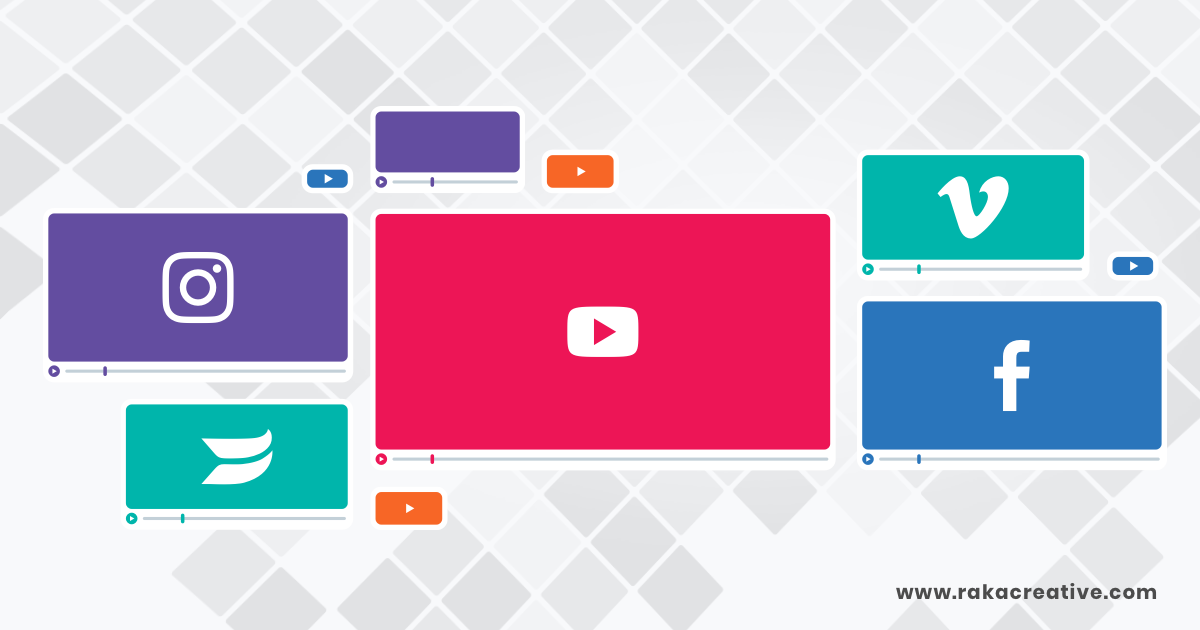For years, Facebook was the king of social media. It was a place to build community both as an individual and as a brand. But let’s face it: that’s begun to change as the social media landscape has shifted over the years. This doesn’t mean you should give up on your account completely, though.
While it’s important to diversify your social media marketing efforts, Facebook is still an important tool in your marketing toolbox. With an audience of 1.56 billion daily active users (a number that continues to grow), Facebook is a great way to get your business out in front of a huge audience and start cultivating brand evangelists.
How can you make sure you’re getting the most out of your account? Let’s take a look.
Table of contents
Figuring out if Facebook is right for you
The first step is figuring out if Facebook is right for your business or brand needs. Are you focused on B2C or B2B interactions? Facebook is a great place to engage with customers and prospects to help them find answers to their questions about your business.
Added bonus: if you have a HubSpot account, you can connect it to your Facebook messenger to act like a chatbot. This allows you to have fast response times and answer easy questions followers may have.
Getting your page verified also helps your page stand out more and come off as more credible. There are several options you can explore to achieve this for your business.
Setting up your Facebook marketing strategy
Like any other social media account, having a solid strategy in place will help you grow your following and increase engagement with your content.
As a reminder, it’s never in your best interest to buy likes or followers on any social media account. It’s highly unlikely that these accounts will engage with your content, and it could cause people to question your credibility. Plus, Facebook could deem this as suspicious behavior and shut down your account.
And remember, this is a living document that should be revisited every so often to make sure you’re keeping up with the current trends or best practices.
So, what goes into a strong Facebook marketing strategy? Let’s break it down.
Define your audience
Knowing who you’re marketing to is the first and most crucial step of any marketing strategy. Without it, you’re basically just screaming into the void. Identifying who your target customers are, allows you to tailor your messages to meet their needs and solve their problems in a way that will make them want to work with you.
The easiest way to do this is by building buyer personas–semi-fictional representations of your ideal customers to help you better understand why they might turn to you for help. If you’ve already made buyer personas for other marketing strategies, this step will be easy! Look through your personas and see who might be most likely to engage with you on Facebook so you can start planning your content.
Additionally, it can be helpful to look at the pages of your competitors. Looking at factors like post frequency, visual styles, types of content, engagement, and response times can help you understand what your prospects are looking for.
Set goals
What are you hoping to get out of your Facebook page? Knowing this will help make understanding your page insights easier. While Likes are a great way to see if people, er, like the content you’re posting, this is often considered a vanity metric and not indicative of real growth most of the time.
Start by establishing SMART (Smart, Measurable, Attainable, Relevant, and Time-bound) goals for your account. This could be anything from increased leads, more conversions on your website, or improved customer service. Looking for some inspiration? Check out Hootsuite’s tips on how to set and reach social media goals for inspiration!
Plan out your content
Planning out our content allows you to get inside of the head of your prospects and/or customers. By doing so, you’re able to share content or offers when it makes the most sense. On top of that, planning out your content helps to make it less cumbersome to take on. Once you’ve built out your content calendar, you can schedule it to go out automatically using tools like HubSpot, which will save you time in the long run as well.
Explore the different types of posts and tools Facebook offers
Facebook has a range of text and video post options for you to choose from. You can (and should) design your content to meet the needs of your audience and business. The different post types are:
-
-
- A standard text post, which is great for starting conversations with followers.
- A photo post, which categorically performs better than a text post and allows you to showcase parts of your business, like products.
- A video post, where you can create engaging content such as short tutorials or interviews.
- A linked post, where you can share content from your website to help drive traffic to certain pages or other sources to share an interesting industry perspective.
-
Additional tools that you can use to grow your page include:
-
-
- Facebook Live, where you can stream live events to create real-time interactions with customers or followers.
- Facebook Stories, which live outside of the news feed and allow you to share photos or 20-second videos that disappear after 24 hours.
- Pinned posts, which allow you to lock one post at the top of your page to ensure people see it (which is incredibly handy if you’re running an ongoing campaign or promotion).
- Facebook Groups, where you can organize conversations based around a certain topic or product.
-
Overall, using Facebook is a great way to build relationships with current and potential customers. It’s a variety of different post types and tools that really allow you to get creative with your message. Through strong, positive engagements, you can start recruiting people to serve as brand evangelists and continue to meet your inbound marketing goals.
Looking for more tips and advice? Facebook put together a whole guide to help with digital marketing on the platform.





